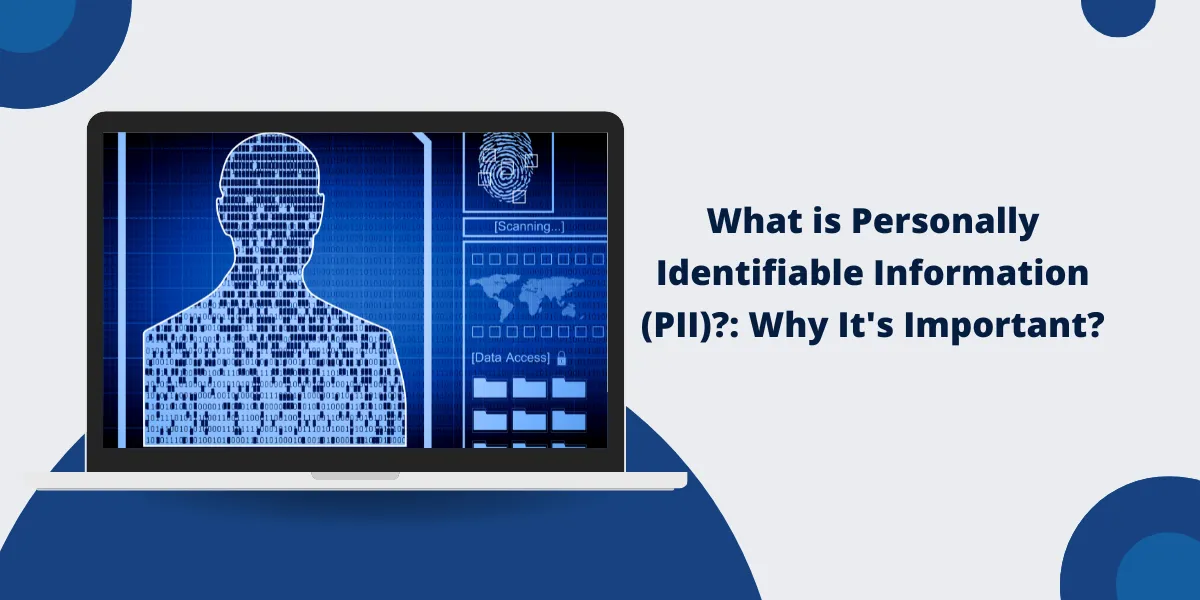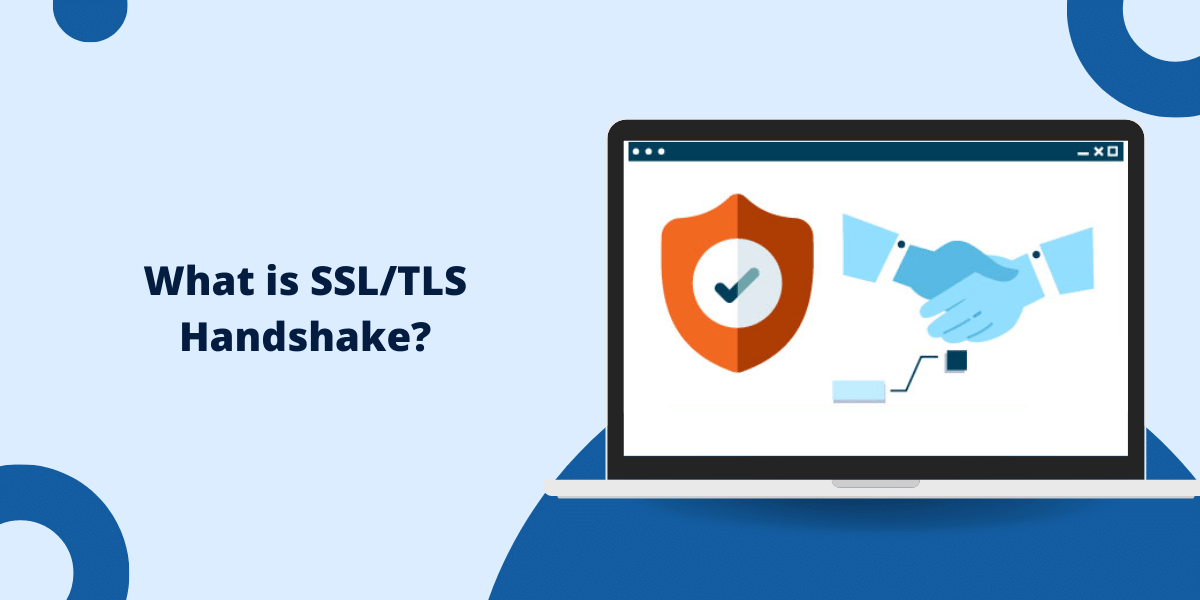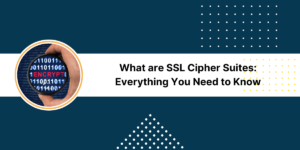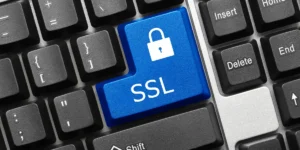What is Personally Identifiable Information (PII)?
Personally Identifiable Information (PII) refers to data that can be used to identify, contact, or locate a specific individual. In our increasingly digital world, understanding PII is crucial for both individuals and organizations. This sensitive information includes obvious identifiers like names and Social Security numbers, as well as less apparent data that could be combined to pinpoint someone’s identity.
Key identifiers that are considered PII include:
- Full name: First, middle, and last name.
- Government ID numbers: Social Security number, driver’s license number, or state ID number.
- Contact details: Address, phone number, email address.
- Financial information: Bank account numbers and credit/debit card numbers.
- Medical information: Health insurance details, medical records.
- Digital identities: IP addresses, cookies, online usernames.
- Biometric data: Fingerprints, facial recognition patterns.
- Demographic data: Age, date of birth, ancestry, race, etc.
Essentially, any information that can reveal a person’s real identity directly or through linkage with other data qualifies as PII. In addition to the above examples, PII may also include employment history, education records, criminal/legal records, military background, and other personal facts that can distinguish an individual.
Key Takeaways
- PII (Personally Identifiable Information) refers to any data that can be used to identify an individual, such as name, address, SSN, etc.
- Organizations that collect PII have an ethical and legal responsibility to protect it using security best practices.
- Top PII security best practices include data minimization, encryption, access controls, training, and auditing.
- De-identifying PII by removing direct identifiers or using pseudonymization can reduce the risk of exposure.
- Developing a comprehensive PII protection program with policies, procedures, and controls is key for compliance.
Why is PII Security Important?
Maintaining the privacy and security of PII is critical for several reasons:
- Compliance: Many federal, state, and industry regulations mandate PII protection, such as GLBA, HIPAA, PCI DSS, and FERPA. Failure to comply can lead to heavy fines and penalties.
- Data breaches: Compromised PII is the most common target of cyber attacks and insider threats. Breaches expose individuals to identity theft, financial fraud, and extortion.
- Reputational damage: An organization that loses control of PII can severely damage its public image and lose consumer trust, impacting future business and revenue.
- Lawsuits: Individuals whose PII is exposed due to a breach can pursue legal action to seek compensation for losses and damages.
- Competitive advantage: Responsible PII handling demonstrates commitment to customers and establishes your company as a trusted brand.
Top PII Security Best Practices
Protecting PII requires implementing layered security controls across people, processes, and technology.
Here are 10 of the top best practices recommended by industry experts:
1. Avoid unnecessary PII collection
Where possible, only collect necessary PII beyond what is required for business purposes. This limits your data security and compliance scope.
2. Anonymize or pseudonymize data
Use data anonymization or pseudonymization methods to de-identify PII when possible for analytics purposes.
3. Minimize PII access
Restrict access to PII only to employees who need it for their job role on a least privilege basis.
4. Encrypt PII across the data lifecycle
Use strong encryption such as AES-256 to secure PII in transit and at rest.
5. Enforce strict access controls
Leverage role-based access, multi-factor authentication, and privileged access management to control PII access.
6. Implement data loss prevention
Deploy DLP software to monitor, classify, and block any unauthorized PII sharing or exfiltration attempts.
7. Provide regular security training
Educate employees on handling PII through initial and ongoing security awareness programs.
8. Retain PII only when needed
Have documented retention schedules to securely delete PII when no longer required for business or legal needs.
9. Perform proactive threat hunting
Continuously monitor systems and networks to identify threats targeting PII via attacks, malware, or exfiltration.
10. Conduct risk assessments and audits
Routinely assess risks to PII and test controls via audits to identify and address any gaps.
Adopting a multi-faceted approach across people, process, and technology dimensions is key for robust PII security.
How to Minimizing PII Collection and Retention
One of the foundational best practices is to avoid amassing unnecessary PII. The more PII your organization collects, the larger your attack surface and compliance obligations become.
Here are steps you can take to minimize PII intake and retention:
- Carefully evaluate which PII data elements are absolutely required to complete business activities, transactions, or legal duties.
- If certain PII, like social security numbers, are optional, avoid collecting them.
- Only gather the minimum PII necessary to verify identities or fulfill service requirements.
- Review consent forms to ensure customers understand why PII is being collected and how it will be used. Where possible, allow options to decline non-essential PII provision.
- Have documented data retention schedules that specify how long PII must be kept depending on business function and legal needs.
- Securely purge PII after retention periods expire per National Institute of Standards and Technology (NIST) guidelines using techniques like degaussing, cryptographic erasure, and physical destruction of media.
- For archived PII, evaluate whether identifiers can be removed while retaining non-sensitive data for analytics.
Limiting PII intake and developing ‘forgetting’ practices through scheduled destruction are pivotal for reducing risk exposure over time.
PII De-identification Strategies
When PII must be retained, de-identification techniques can be applied to anonymize or pseudonymize data:
Anonymization involves permanently removing identifiable attributes like names, IDs, etc., so the data cannot be traced back to a specific individual. This yields aggregate, anonymous datasets.
Pseudonymization replaces identifying fields such as names or IDs with artificial identifiers or pseudonyms. The data remains distinguishable per individual, but not in a way that reveals true identities.
Common de-identification methods include:
- Randomization: Scrambling parts of PII like SSNs or phone numbers to break traceability.
- Tokenization: Substituting PII values with randomly generated tokens that cannot be mathematically reversed.
- Masking: Partially hiding PII like email addresses as name@company.com or credit card numbers as –****-1234.
- Aggregation: Displaying summarized, grouped statistics instead of individual records.
- Differential privacy: Introducing noise to query results to avoid exposing individual entries while preserving overall trends.
While de-identified data is not completely risk-proof, it does significantly reduce the impact if such datasets are compromised. Pseudonymization also enables continued usage for business analytics while protecting identities.
Enforcing Least Privilege Access
To protect PII, it is critical to limit access only to employees who require it for their jobs and restrict permissions to the minimum necessary. Steps for least privilege access include:
- Strict eligibility:Only designate employees as authorized if PII access is imperative for their role and duties. Avoid ‘just-in-case’ access.
- Minimal permissions:Where feasible, provide read-only access instead of full control. Granularly restrict permissions per data type, location, device, time, etc.
- Temporary access:Revoke permissions immediately after designated tasks requiring PII access are complete.
- Segregation of duties:Divide privileged tasks like PII processing across multiple users so no one person has end-to-end control.
- Approval workflows:Require manager sign-off for access requests and periodic entitlement reviews to reverify needs.
- Zero standing privileges:Don’t let anyone have persistent universal PII access. Provision on a case-by-case basis and disable when done.
- Monitoring and audits:Continuously monitor and audit access to quickly detect any unauthorized or unnecessary use.
Applying the least privilege is central to reducing the number of entry points for PII exposure. Integrating it across roles, workflows, and systems limits ‘insider’ risk.
Encrypting PII Across the Data Lifecycle
Encryption provides a last line of defense if PII ends up in the wrong hands. By encoding data into unreadable cipher text, encryption protects confidentiality and aids compliance.
Key techniques for PII encryption include:
- In transit: Encrypt network connections and data in motion using SSL/TLS protocols. Require TLS 1.2+ and disable legacy SSL.
- At rest: Encrypt PII databases, archives, file shares, and backups using AES-256, etc., per industry standards.
- Endpoints: Enforce disk and device encryption for laptops, mobile devices, and removable media holding PII.
- Code: Encrypt PII directly within applications and programs via APIs. Don’t hardcode secrets.
- Key management: Securely generate, distribute, and rotate encryption keys. Use Hardware Security Modules (HSMs) where possible.
- Hashing: Use cryptographic hash functions like SHA-2 for authentication and data integrity checks, not encryption.
The specific solutions will vary by infrastructure – for example, deploying authenticated TLS connections, enabling database encryption features, using virtual disk encryption for data at rest, leveraging device management tools to enforce device-level encryption, integrating encryption modules into apps, and carefully managing keys.
Ideally, PII should remain encrypted at every stage—from input to storage to processing to archival and transmission. Multi-layered encryption provides optimal security.
How to Implement Access Controls and Monitoring
Technologies like access control lists, firewalls, and data loss prevention platforms provide important enforcement points for PII security:
- Network segmentation: Separate PII systems into restricted zones with firewalls limiting lateral connectivity.
- Access control lists (ACLs): Configure ACLs on servers, databases, etc. to allow only authorized users and levels of access.
- Role-based access controls (RBAC): Map access permissions to business roles instead of individual users for efficiency and least privilege.
- Multi-factor authentication (MFA) Requires a second form of verification, such as biometrics or one-time codes, along with the main credentials for access.
- Privileged access management (PAM): Use dedicated PAM tools to control administrative and high-level access to PII strictly.
- Data loss prevention (DLP): Leverage DLP software to automatically discover, monitor, and block potential unauthorized use or transmission of PII.
- Digital rights management (DRM): Where relevant, protect documents containing PII via DRM restrictions on copying, printing, forwarding, etc.
- Monitoring and auditing: Continuously monitor access logs, user activities, permissions, etc., using Security Information and Event Management (SIEM) tools to catch any misuse. Maintain comprehensive audit trails.
- Browser privacy controls: Manage browser privacy settings, cache clearing, and cookie controls to prevent residual PII retention during online activities.
Prioritizing Security Training and Awareness
In many cases, employees mishandling PII unintentionally leads to breaches. That’s why continuous security training is vital:
- New hire orientation: Include PII security training as part of onboarding to set expectations from day one.
- Role-specific training: Tailor PII best practices training based on individual user responsibilities, such as technology, HR, or legal teams.
- Annual refreshers: Conduct mandatory refresher courses annually to reinforce policies as well as share updated processes, threats, regulations etc.
- Simulated phishing emails: Test employee resilience against real-world social engineering via simulated phishing campaigns aimed at tricking users into giving up credentials or PII.
- Lunch and learn: Use periodic one-hour interactive sessions focused on a single topic, such as safe web browsing, mobile security, social media usage, etc.
- Gamification: Incorporate engaging games, quizzes, and friendly competitions to motivate employees around PII protection.
- Posters/newsletters: Use visual reminders like posters and informative newsletters to highlight vital dos and don’ts repeatedly.
- Quick reference guides: Provide easily scannable quick reference sheets with key PII handling protocols employees can keep handy.
Well-designed training empowers employees to become your strongest privacy defense rather than the weakest link. Reinforcing secure behaviors through continuous education is key.
Proactively Hunting for PII Threats
Along with educating users, organizations must take steps to uncover PII security gaps and threats proactively:
- Threat modeling: Brainstorm potential breach scenarios across infrastructure, applications, insiders, partners, etc., to identify high-risk vulnerabilities that require safeguards.
- Penetration testing: Ethically simulate attack attempts against systems and networks housing PII to find technical weaknesses.
- Vulnerability assessments: Regularly scan for misconfigurations, unpatched software, risky default settings, etc., and remediate.
- Security monitoring: Use SIEM software to analyze access patterns, outbound transfers, strange activities, etc., to detect attacks or misuse.
- Third-party risk: Assess vendors handling your PII for proper controls and contractual protections.
- Bug bounties: Crowdsource discoveries of PII exposure risks in systems, apps, or processes through bug bounties.
- Dark web monitoring: Monitor underground sites and forums for stolen credentials or PII being bought/sold.
Proactively hunting for weak links, bad actors, and vulnerabilities targeting your PII landscape is essential for getting ahead of devastating incidents.
How to Perform Risk Assessments and Audits
Ongoing risk assessments and audits ensure that PII protections are working:
- Privacy impact assessments (PIAs) evaluate privacy risks associated with programs, systems, or services processing PII. PIAs help identify protection gaps early.
- Data Protection Impact Assessments (DPIAs) are a specific type of PIA mandatory under GDPR when new technologies or processes are likely to put PII at high risk.
- Compliance audits verify that actual practices adhere to internal policies, industry regulations, and contractual requirements applicable to your PII environment.
- TABLETOP EXERCISES simulate an imagined PII breach scenario to check readiness, response coordination, and recovery capabilities across teams.
- Penetration testing is a form of authorized attack simulation to test if existing controls can defend against data exfiltration.
- Third-party audits evaluate the security practices of vendors that handle your sensitive data, including cloud providers, payment processors, etc.
How to Develop a Comprehensive PII Program
Ultimately, a holistic program is necessary for sustaining rigorous PII protections over the long term:
- Document policies: Develop comprehensive data privacy and protection policies that are aligned with regulations and communicate exactly how your organization handles PII securely and responsibly.
- Standardize procedures: Establish consistent processes for activities such as PII intake, storage, access approvals, encryption, retention, and destruction.
- Classify data: Categorize PII and other sensitive data via policy-driven classification schemas and protect accordingly.
- Assess agreements: Review contracts with third parties that handle PII to ensure adequate security and privacy requirements are included.
- Assign ownership: Designate clear business owners accountable for defining protections and handling PII within their domain.
- Check compliance: Verify controls and practices adhere to key privacy laws and regulations applicable to your industry and locality.
- Train employees: Instill a top-down culture focused on protecting PII through ongoing education and communication initiatives.
- Test controls: Conduct audits and exercises to validate that policies translate into actual technical, physical, and administrative controls.
A mature, well-rounded PII program orchestrates people, processes, and technology together to lock down this high-risk data consistently across the organization.
Final Thoughts
Protecting PII via reasonable safeguards is not just smart data hygiene—it is an ethical obligation to maintain people’s privacy and uphold trust. By minimizing unnecessary collection, limiting access, de-identifying where possible, encrypting uniformly, training employees, and proactively auditing controls, organizations can keep sensitive data safe even as threat landscapes expand.
While this guide covers the most important best practices, each company needs tailored policies and programs that reflect its unique infrastructure, regulations, and risk appetite.
PII protection should be treated as an ongoing journey of continuous improvement rather than a one-time initiative. But taking deliberate steps today to shore up policies, train staff, and strengthen controls will pay long-term dividends in risk reduction and preparedness.
Frequently Asked Questions about PII Security
Here are some common questions about PII protection strategies answered:
What are the top ways PII gets compromised in organizations?
The main sources of PII breaches include phishing attacks that trick users, insecure APIs or databases, lost/stolen devices, accidental insider leaks via email or misconfigured servers, unauthorized insider access, and third-party vulnerabilities.
Does encryption provide 100% protection for PII?
Encryption significantly improves PII security and helps meet compliance requirements. However, other controls, such as access management, monitoring, and training, are still crucial to prevent unauthorized decryption, mishandling, and physical theft.
How exactly can organizations anonymize PII?
Anonymization involves permanently removing obvious identifiers from a dataset, such as names, account numbers, phone numbers, etc. so that no individual can be directly identified again.
What are the top examples of industry regulations related to PII?
Major laws with PII protection mandates include HIPAA for healthcare, GLBA for financial services, FERPA for education, and PCI DSS for payment card data. Industry-specific regulations have heightened diligence requirements.
Does PII only refer to customer data? What about employee PII?
PII applies to employee records like HR data, payroll information, and healthcare benefits just as it does to customer or client PII. Organizations must also protect the sensitive data of internal personnel.
What are some common methods for securely destroying PII per retention schedules?
Secure PII destruction techniques include cryptographic wiping of drives, degaussing to scramble data on media, disintegrating paper records, and physical destruction by shredding hard drives.

Priya Mervana
 Verified Web Security Experts
Verified Web Security Experts
Priya Mervana is working at SSLInsights.com as a web security expert with over 10 years of experience writing about encryption, SSL certificates, and online privacy. She aims to make complex security topics easily understandable for everyday internet users.



